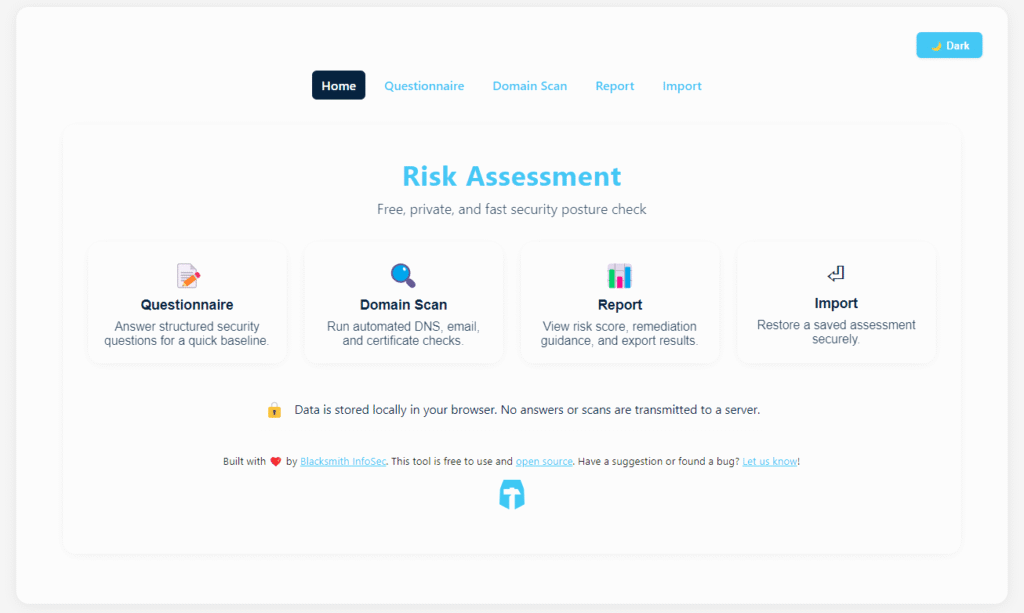Major regulatory and compliance changes in 2025 will transform how Managed Service Providers (MSPs) operate, manage risk, and support clients. Getting serious about compliance now is critical for MSPs who want to hedge against steep penalties and regulatory disruption in the years ahead.
State Breach Notification Law Updates
U.S. states such as California, New York, Oklahoma, Texas, and Florida are tightening data breach notification rules, with stricter notification timelines, broader definitions of personal data, and new requirements to notify Attorneys General if a breach impacts a threshold number of residents.
-
California and New York now require breach notifications within 30 days—a move away from vague “as soon as practicable” language.
-
Oklahoma’s update mandates notification for additional data types and introduces safe harbor provisions for “reasonable safeguards,” impacting MSPs serving multistate clients.
-
States like New York are introducing special protections for child data (NY Child Data Protection Act), meaning MSPs must review breach processes for youth privacy.
MSP Impact:
MSPs will have to overhaul data handling, breach investigation, and client notification services. Failure to comply may result in fines, lawsuits, and loss of client trust. Proactive compliance readiness is now a competitive differentiator for MSPs providing services to clients with exposure in multiple states.
SEC Regulation S-P Amendments
The SEC’s new Rule amendments require covered financial institutions — including investment advisors, brokers, and related transfer agents — to implement written incident response programs, maintain detailed records, and notify customers within 30 days of confirmed data breaches.
-
The scope of affected data and organizations is broader, with more stringent documentation, governance, and oversight requirements.
-
Larger entities must comply within 18 months, smaller ones within 24 months of Federal Register publication.
MSP Impact:
MSPs supporting financial clients will be held accountable for incident response capabilities, breach notification infrastructure, and privacy compliance. Failing to meet requirements can mean regulatory sanctions and termination of lucrative contracts. Early, documented compliance is critical to protect MSPs against client and SEC enforcement action.
CIRCIA Federal Incident Reporting Rules
The Cyber Incident Reporting for Critical Infrastructure Act (CIRCIA) introduces new federal mandates for incident reporting in critical infrastructure, including formal reporting to CISA within strict timeframes (often 72 hours). Final regulations are delayed to 2026, but preliminary compliance expectations are already impacting MSPs.
-
Definitions of covered cyber incidents are expanding, increasing what must be reported and monitored by MSPs.
-
MSPs serving critical infrastructure clients are now central to federal compliance workflows, not just technical support providers.
MSP Impact:
MSPs need to build systems for rapid breach detection, forensic analysis, and government reporting. Mature compliance programs, technical monitoring, and detailed records will be essential. Failure to adapt threatens both client contracts and regulatory standing.
Why Proactive Compliance Matters for MSPs
-
Regulatory deadlines for breach notifications and incident reporting will become increasingly strict and unforgiving.
-
Clients expect MSPs to deliver compliance confidence, risk management, and breach readiness — not just technical uptime.
-
The consequences of non-compliance will escalate: penalties, loss of revenue, public scrutiny, and reduced market credibility.
Immediate actions for MSPs:
-
Audit all state and federal breach notification obligations for every client.
-
Build or outsource incident response programs that meet new SEC and CIRCIA standards.
-
Update client contracts to clarify your compliance responsibilities and capabilities.
-
Invest in compliance automation and regular internal reviews to stay ahead of regulatory changes.
In summary, MSPs must act now to anticipate and address imminent regulatory shifts. Early investment in compliance programs and continuous monitoring can turn regulatory risk into a business opportunity.



